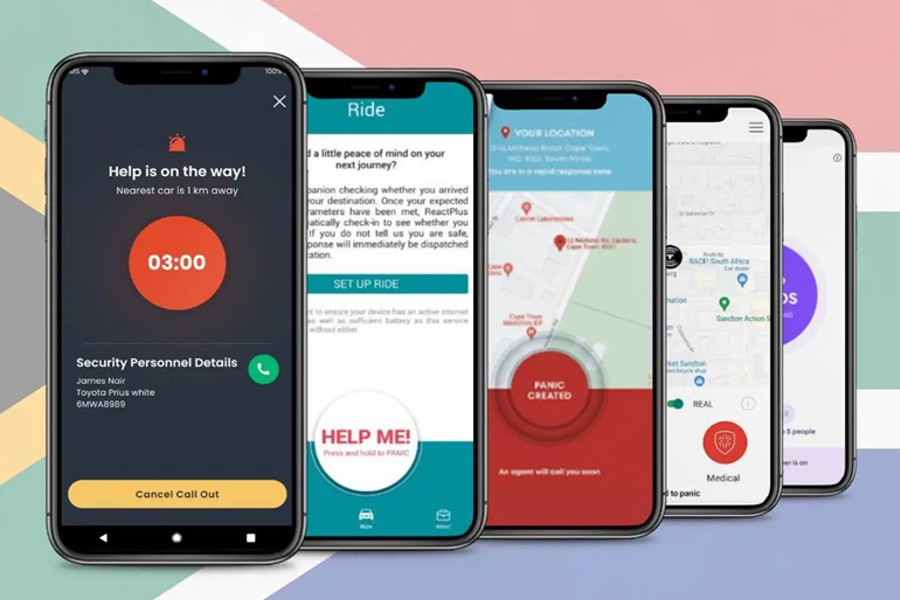
Presenting data can be tricky, no matter the audience or setting.
You want to ensure your message is conveyed effectively to get the point across and keep everyone engaged. Explaining data meaningfully takes the right combination of creativity and technical savvy. Here are six techniques to consider when presenting data:
1. Leverage Linear Regression
Leveraging linear regression is one of the best ways to present data correctly and accurately. Data gathered from research and experimentation can be graphed on two axes to find a linear relationship between them, or what mathematicians call “linearity.” Once the linearity has been established, it can calculate parameters such as slope, intercept, correlation coefficient, and the standard error in the estimate.
These are invaluable tools for those who need to analyze and communicate data effectively without much fuss or complexity. You can use linear regression to create graphs, charts, and other visual data representations that any audience can understand. It’s a great way to show trends, patterns, and correlations between different sets of information.
2. Keep it Simple by Creating Charts with Fewer Colors and Elements
When presenting data, it can be tempting to think that the more complexity you add, the better your message. However, less is frequently better. Making charts with fewer colors and elements can help your audience understand what you’re trying to say faster and more effectively.
Too many unnecessary details on a chart can cloud the reader’s vision and remind them of being in school. For simplicity’s sake, limit yourself to using a maximum of six basic shapes on any chart or graph. This will keep readers comfortable and focused on the information instead of small details that don’t add value to the conversation.
3. Make the Most of Your Tables by Formatting Them Appropriately
If you’re working to present your data clearly and clearly, formatting tables appropriately is vital. Ensure that column names and headings stand out clearly from the actual data. To do this, it may help to bold the headings or use a different font style. You also want to make sure that the table is organized in such a way that makes sense. Try putting columns with related information next to each other, and be sure to include any labels or footnotes that could help explain what all the numbers mean.
Using Excel or Google Sheets offers much control over presenting your data—experiment with features like alternating row color and cell borders to find what looks most visually appealing. Once everything’s been arranged just as you want it, you can be sure that readers will understand quickly and easily how your data fits together.
4. Take Advantage of Infographics to Make Comparisons Easier
Infographics are an effective way to represent and compare data in a visually appealing and understandable manner. Used wisely, their design can reduce the extra information that takes away from the presented core message. They are instrumental when presenting multiple viewpoints on the same subject matter for easy comparison.
Taking advantage of this data representation is vital to communicating complex topics simply and with clarity. Utilizing infographics can ensure that essential data is delivered as efficiently as possible so that it resonates with your intended audience.
5. Leverage Heat Maps to Show Off Trends Quickly
Heat maps are a great way to quickly and easily capture meaningful data trends. They make it easy for someone to take a glance and immediately understand the underlying patterns of information without digging too deep. With heat maps, you can leverage vivid colors, symbols, labels, or charts to show off areas of focus quickly.
Presenting data in this creative visual format can also help your audience keep engaged while you offer more detailed findings. Heat maps can efficiently present vast amounts of numbers into something digestible and simple, making them an excellent tool for any business analyst.
6. Combine Text and Graphics in One Visualization
Combining text and graphics makes it easier for the audience to understand the information when presenting data. Utilizing both components ensures that readers receive a holistic overview of the data: they get visual cues from the graphics and additional context from the text.
In this way, visuals can aid storytelling: through data+text, even those with no specialized background knowledge of a subject can recognize patterns and draw conclusions. No matter what topic you are discussing, it’s important to remember that sometimes putting complex ideas into one concise visualization can be more powerful than delivering individual statements or images.
Data visualization is a powerful tool that can give audiences a practical and easy-to-understand overview of business data. Presenting data in the most organized, efficient way possible makes it easier for the audience to recognize patterns and draw conclusions. To do this effectively, consider using techniques mentioned in this article, such as infographics, heat maps, or combining text and graphics. With some creativity, you can ensure that your data visualizations are understandable and engaging for everyone.
Become a Harlem Insider!
By submitting this form, you are consenting to receive marketing emails from: . You can revoke your consent to receive emails at any time by using the SafeUnsubscribe® link, found at the bottom of every email. Emails are serviced by Constant Contact








